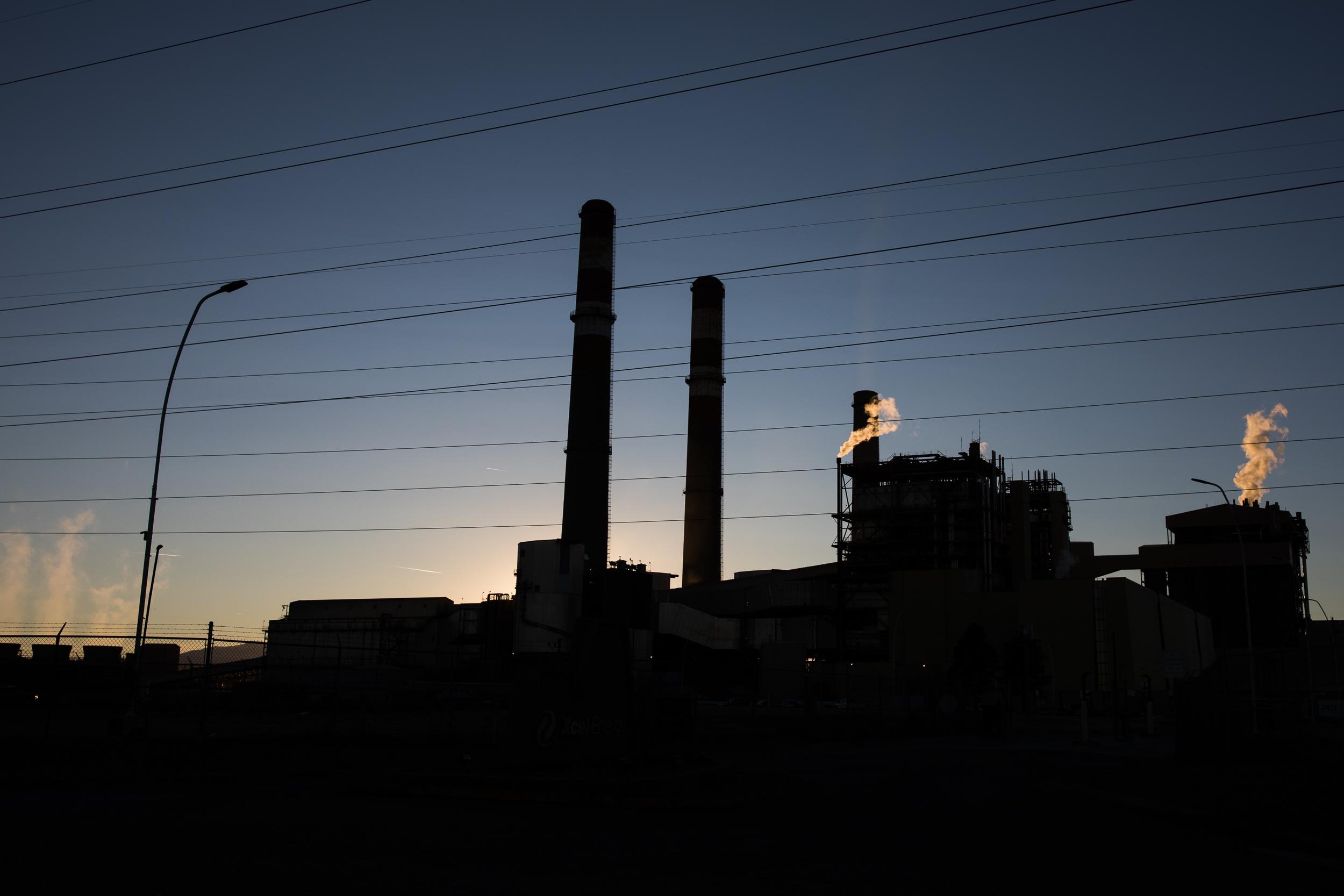Nearly 300 coal-fired power plants have been "retired" since 2010, according to the Sierra Club. It's a trend that continues despite President Trump's support for coal. That has left many communities worried that those now-idled places will simply be mothballed.
"We don't want to see sites like this rust away, be eyesores on the community and offer no real tax revenue going forward, no employment opportunities," says Denise Brinley, executive director at the Pennsylvania Governor's Office of Energy.
Her state has seen 14 coal plants shut down in the past nine years. As a result, the Department of Community and Economic Development has created a plan for redeveloping some of them.
The agency produces promotional "playbooks" that outline the characteristics of a site — both the benefits and drawbacks — and then offers ideas for what kinds of businesses might locate there.
One of the first plans is for a stretch of about 219 acres along the Susquehanna River in the small central Pennsylvania town of Shamokin Dam.
Drive into town, and you can't miss four tall smokestacks rising from a huge brick building. It housed the coal-fired power plant's steam generators, which produced electricity for more than six decades before the facility shut down in 2014.
These days there's new activity at the site. On the north edge, crews are laying a concrete foundation for a different kind of plant, a medical marijuana cultivating facility. It's quite a shift for the typically sedate power generation business.
"There were a few chuckles in the conference calls in the mornings when we were first talking about it as an opportunity," says Joe Zokaites, principal of Arcova, which is redeveloping the site. "But everyone is on board and supports it now."
The Massachusetts company Insa is building the marijuana grow house and plans to sell to dispensaries in Pennsylvania.
This is just part of the plan for the Shamokin Dam site. A shiny new natural gas power plant has been built already. It takes up a fraction of the space the coal plant did, yet produces almost three times the electricity.
Pennsylvania's cheap and abundant natural gas supplies are a big reason coal plants here are shutting down.
Brinley, of the Governor's Office of Energy, says once a playbook is printed, copies are distributed to local leaders and companies looking to do business in Pennsylvania.
The plans acknowledge environmental concerns. Often there's pollution from decades of burning coal and storing ash.
A draft copy of the Shamokin Dam playbook shows the site wouldn't be suitable for building houses, and there would be limits on using the soil and groundwater.
The report suggests potential uses include a second natural gas power plant, which already is planned. Other options are a warehouse, wood waste recycling or a data center.
The plan also highlights assets, including nearby railroad tracks, access to municipal or river water, and power transmission lines.
The power lines could make it profitable to install solar panels where ash from the coal plant was dumped for many years. That ash disposal area now has soil on top and looks like a meadow, but it's not stable enough to construct a heavy building without expensive modifications.
Replacing coal plants with new renewable energy is an emerging trend around the country. It's happening in Washington and two sites in Massachusetts, one in Holyoke and Brayton Point.
Environmental groups cheer these transitions but say the federal government should play a bigger role in coordinating efforts across the country.
That's unlikely for now, as President Trump is more interested in boosting the coal business than easing a transition away from it.
9(MDEyMDcxNjYwMDEzNzc2MTQzNDNiY2I3ZA004))








